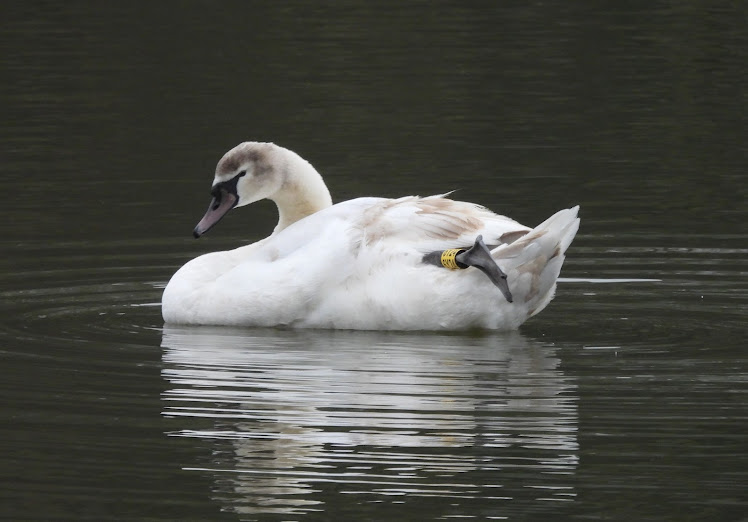During the visit I recorded 3 species of damselfly: Blue-tailed, Common Blue and Large Red. The first 2 species are common around all 3 reservoirs, whilst I only saw 2 Large Reds, 1 by the boardwalk around the top reservoir and 1 in the ringing area.
Large Red Damselfly
Volucella pellucens
Volucella bombylans
Butterflies seen were Common Blue (3 males in the ringing area), and a single Peacock (1 in the ringing area). Moths seen here were Cinnabar Moth (1) and Silver Y (1).
I was down again on Saturday (16th). The weather wasn't so good, so the number of insects was smaller. New species included Red and Black Froghopper, Straw Dot (moth), Yellow Shell (moth) and Black Snipefly.
Black Snipefly














